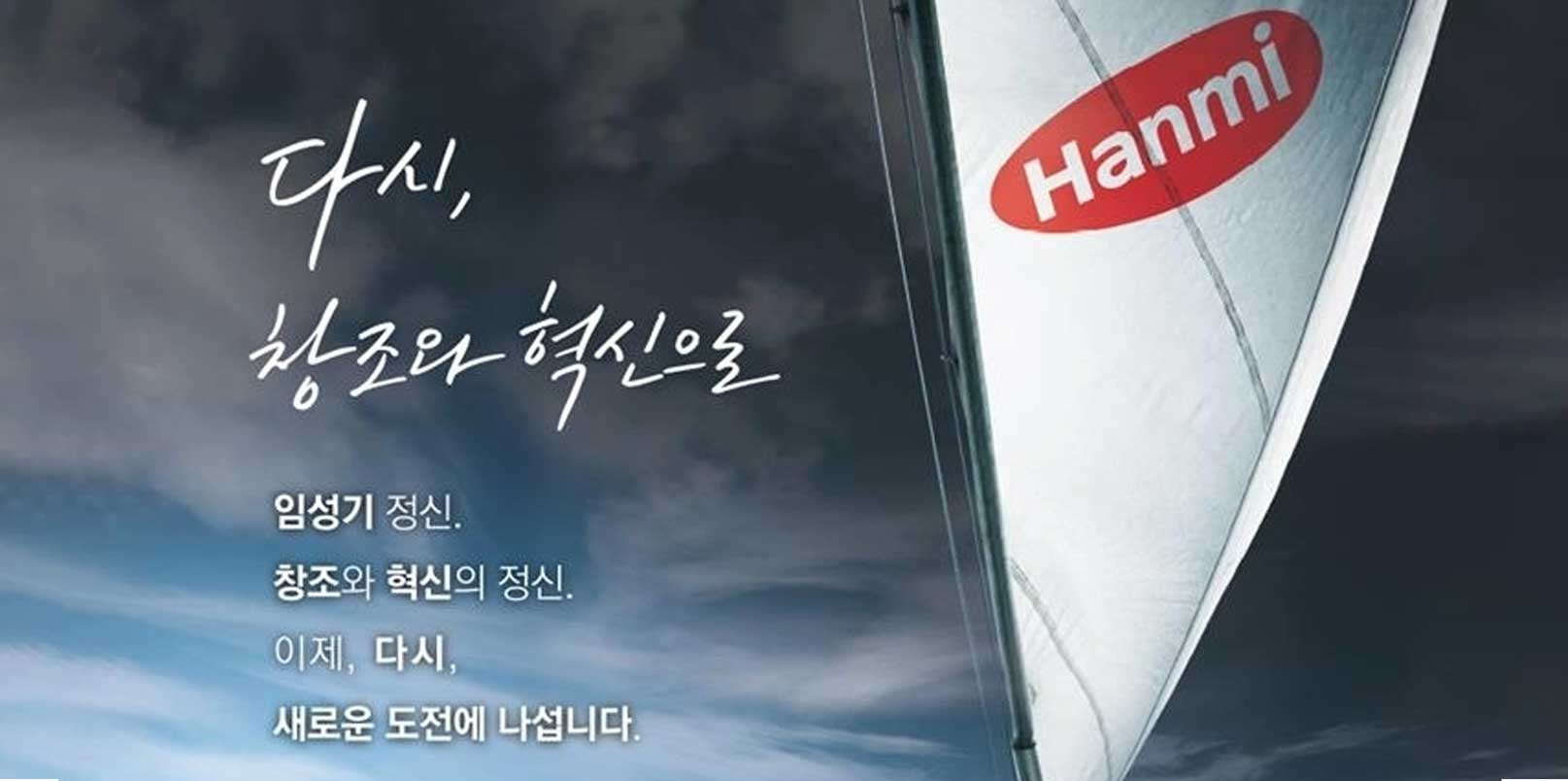Seoul-based startup BiLabs has developed state-of-the-art electrical impedance tomography (EIT) products that provide new clinical solutions for sleep apnea diagnosis and cardiopulmonary monitoring. Based on 30 years of EIT research, the company has developed a revolutionary EIT-based ventilation monitor.
Monitoring the well-being of patients
In hospitals, patients administered anaesthesia have the risk of developing respiratory depression due to residual anaesthetics. This may cause an emergency situation in a post-anaesthesia care unit (PACU). Using opioids and propofol in such situations increase the risk and can cause arrest. There is a need for continuous monitoring of ventilation for these patients as well as patients with obesity hypoventilation syndrome (OHS), neuromuscular diseases, and chronic obstructive pulmonary disease (COPD).
Bilab’s EIT-based product gauges the voltage changes produced when a high-frequency current is injected into the lungs through surface electrodes around the chest. The EIT then produces cross-sectional images of lung ventilation.
BiLabs’s EIT-based product AirTom-VM provides a ventilation image, the tidal volume, minute ventilation, inspiratory/expiratory times, nasal pressure, respiratory effort, a snoring sound, body position, SpO2, ECG, and heart rate. AirTom-VM is to be released in 2019. The compact size, weight, and power consumption makes AirTom-HT available as a home sleep test (HST) device.
The startup’s another product CPM is expected to be released in 2020. It is a non-invasive, continuous, bedside cardiopulmonary monitor. It will provide a blood flow image, stroke volume, cardiac output, and lung perfusion in addition to the ventilation image and related signals.
Innovative technology wins accolades
EIT is safer than the ionizing radiation of X-rays. The amount of injected current is below the safety limit of the international standard. Whereas other medical imaging modalities of X-ray, MRI, and ultrasound produce structural images, EIT is mainly for functional imaging. Clinical applications of EIT include real-time continuous monitoring of physiological functions such as lung ventilation, lung perfusion, upper airway closing, and hemodynamics.
In November 2018, the startup won a US $134,000 grant in the Seoul Innovation QuickFire Challenge in Robotics & Digital Surgery supported by Johnson & Johnson Medical Korea Ltd. and Johnson & Johnson Innovation, in collaboration with the Seoul Metropolitan Government and Korea Health Industry Development Institute (KHIDI). The startup will be using the grant for research and development purposes.





